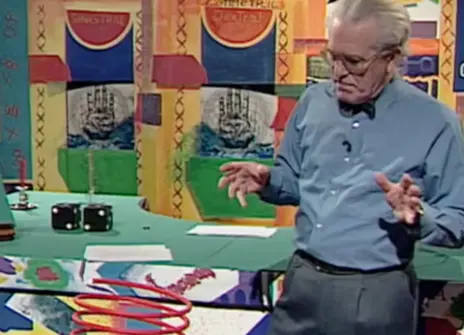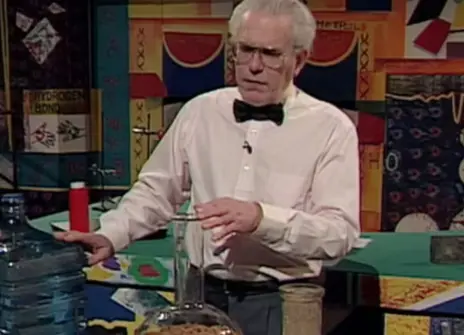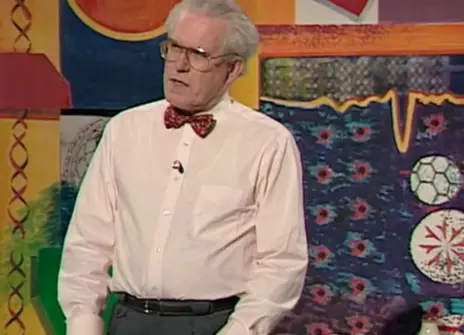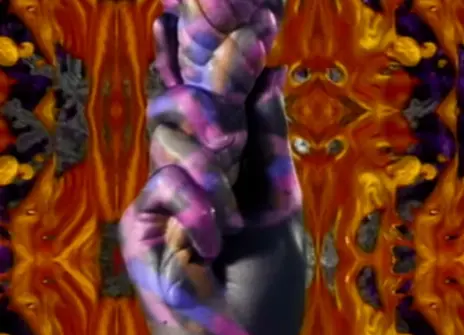Lecture 4 – Symmetry, sensation and sex
From the 1992 lecture brochure:
Some of the molecules that are significant in our lives and for our lifestyles, like water, alcohol and natural gas, are not handed. In this lecture, we look at the significance of a collection of small, handed molecules. We see, or rather taste, by experimenting on ourselves, that the signals from our noses and tastebuds respond to the chirality - handedness - of the molecules that reach them. This tells us that our sensory mechanisms are handed. Our emotions, such as fear, trigger the hormone adrenalin, a small-handed molecule that makes it possible to stand and fight or run. It must have the correct handedness, this aspect can be crucial in medicine; different handed versions of a drug may have alarmingly different effects. Sex depends directly on molecular handedness. Testosterone in the human male controls sexual activity and produces, amongst other things, a beard and a deep voice; in canaries, it can make the silent female sing. Oestrone controls sexual activity in females - an obvious requirement for the survival of the species.
Lastly, we look again at the sugars seen first in lecture two. We put vitamin C in its historical background and look at glucose, the marvellously versatile four-handed molecule. This is our energy carrier and the building block of the giant molecules cellulose, starch and glycogen without which most of nature as we know it would not exist. We come to these in lecture five.
About the 1992 CHRISTMAS LECTURES
From the 1992 lecture brochure:
We are set apart from other animals both by the use of language whose control is normally located in the left side of the brain and by the fact that unlike most other animals, which have mixed handedness, we are predominantly right-handed. Recent speculations have focused on the possibility that these two attributes are interconnected genetically, a link that could lead to an understanding of the neurobiology of language and its molecular biological basis.
In these lectures, we shall look at first our own symmetry, overall in terms of handedness and our superficial appearance, and also below the surface at our brains and other organs. Then we shall look at ourselves in the world at large, focusing on the symmetry of our fellow creatures and the artefacts that we have created. The connection of both of these to left-right relationships will be explored.
The most significant handed (chiral) objects we encounter, usually unconsciously, are the molecules that we and all of our surroundings are made of. We will look at the nature of these molecules and trace the understanding of the significance of handedness at the molecular level in the 19th century, for which it was the most far-reaching chemical realisation.
Our contact with handed molecules has profound significance in terms of, for example, sensory perceptions such as taste and smell. We can distinguish between handed molecules and this tells us that our sensory apparatus is itself handed.
Our existence depends upon the handedness of molecules both large and small and without such molecules, we would not be able to digest our food, build our bodies, or transmit our characteristics to the next generation.
We return to the opening speculation. The genes - themselves composed of handed molecules - control the development of handedness and cerebral dominance, a link that has the potential to give us an understanding of the biology of language. We leave our consideration of chirality - handedness -with an unsolved mystery. Where do chiral molecules come from?





